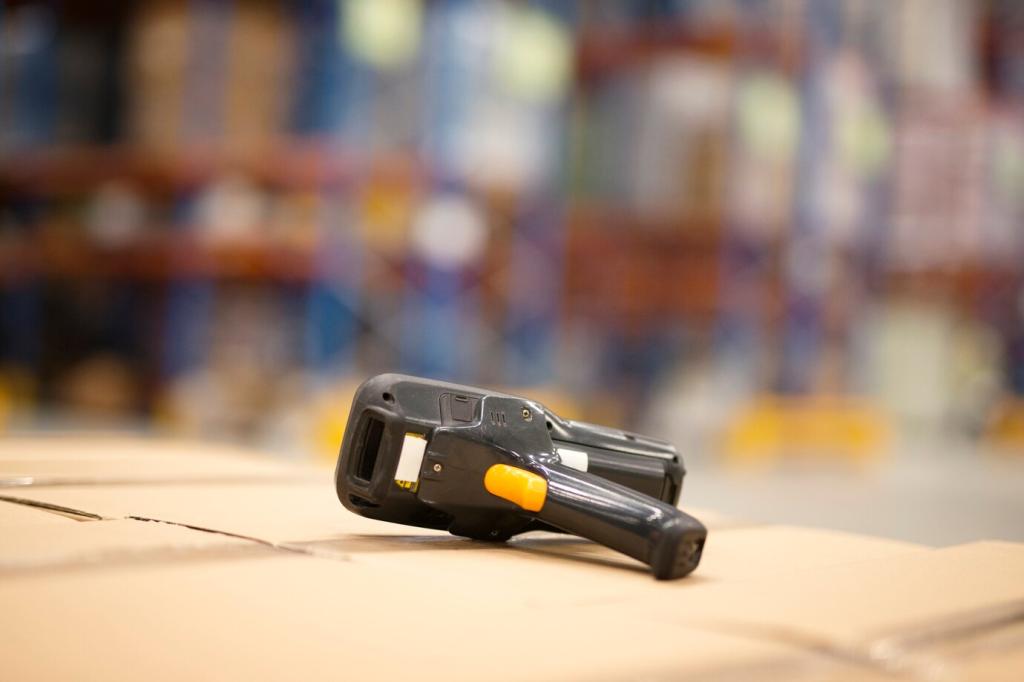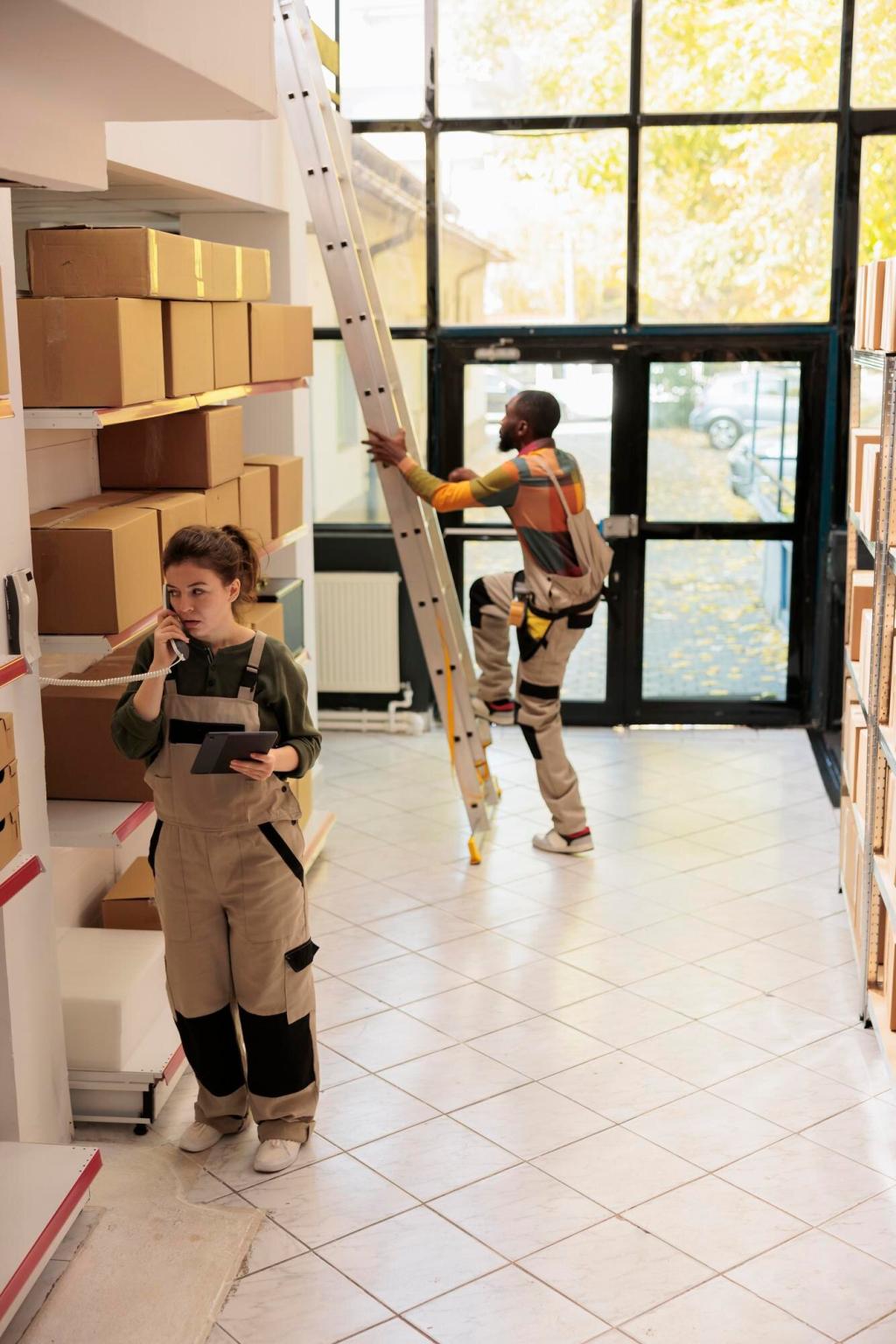5G, Edge Computing, and Sensor Fusion
Low-latency wireless enables safety stops, teleoperation, and swarm coordination in milliseconds. Private 5G reduces interference versus crowded Wi‑Fi, while network slicing isolates critical traffic. The result: fewer dead zones, steadier video feeds, and more predictable AMR choreography across aisles.
5G, Edge Computing, and Sensor Fusion
Edge servers near docks run vision models for pallet detection, case counting, and damage classification without cloud round-trips. Local decisions keep sorters flowing during outages, while asynchronous uploads share learnings fleetwide when connectivity stabilizes after temporary disruptions.




